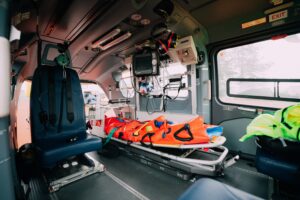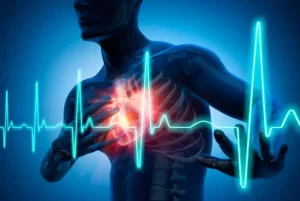Introduction:
After some of the replies to my article in LinkedIn last week, I started to think about some of the points that were brought up and it got me thinking. Based on my thinking this article was born. In this article, we explore the idea of replacing protocols with guidelines, which could empower modern-day paramedics to exercise critical thinking and treat patients based on their unique circumstances rather than a one-size-fits-all approach. As we know paramedics play a crucial role in the fast-paced world of emergency medicine, providing life-saving care to patients in distress. However, the reliance on rigid protocols has been a point of contention in recent years. The question arises: Are paramedics being held back by these protocols, inhibiting their ability to make timely and potentially life-saving decisions?
The Ties that Bind:
Paramedics today find themselves bound by strict protocols that dictate their actions in various emergency scenarios. While protocols are designed to ensure standardized care, they can sometimes hinder a paramedic’s ability to respond swiftly and appropriately. Deviating from these protocols often requires seeking approval from medical control, leading to delays that can be critical in life-threatening situations.
Guidelines:
Liberating Paramedics with Responsibility:
By introducing guidelines instead of protocols, we can equip paramedics with more flexibility in their decision-making process. Guidelines would serve as a framework, offering essential direction while allowing room for interpretation based on individual patient needs. This change will grant paramedics greater autonomy, enabling them to adapt their approach based on the unique circumstances presented to them.
Revolutionizing Education and Standardization:
To implement such a transformation successfully, we must overhaul the education system for aspiring paramedics. A minimum of an associate’s degree should be made a requisite, ensuring that students receive comprehensive and in-depth training. This education should focus on fostering critical thinking skills rather than rote memorization to pass standardized tests.
Understanding the Root Causes:
Paramedic education should delve deeper into the underlying causes of medical and traumatic emergencies. Equipping paramedics with a profound understanding of the body’s physiological responses during emergencies will enable them to make informed decisions. This emphasis on understanding the processes at play will lay the foundation for comprehensive and well-rounded care.
The Freedom of Critical Thinking:
By nurturing a culture of critical thinking in paramedic education, we can unleash the full potential of these medical professionals. Armed with a deep understanding of emergency medicine and the freedom to think critically, paramedics will be better equipped to treat the root cause of emergencies rather than merely addressing symptoms outlined in protocols.
Challenges and Benefits:
Of course, transitioning from protocols to guidelines will not be without its challenges. Standardization across different regions and healthcare systems will need to be achieved to maintain consistent care quality. However, the benefits far outweigh the challenges. Paramedics’ ability to respond more effectively to unique situations will lead to improved patient outcomes and a greater sense of professional fulfillment among these dedicated medical professionals.
Conclusion:
The introduction of guidelines instead of protocols for paramedics represents a transformation in emergency medical care. Empowering paramedics with more autonomy and encouraging critical thinking will not only enhance their ability to provide quality care but also elevate the status of the profession. By embracing this change and revolutionizing paramedic education, we can move away from antiquated protocols and embrace a new era of compassionate, thoughtful, and dynamic emergency medical response.
While I know that some people may not agree with what I am saying, I truly believe that this is the way forward for the paramedics of the future.




